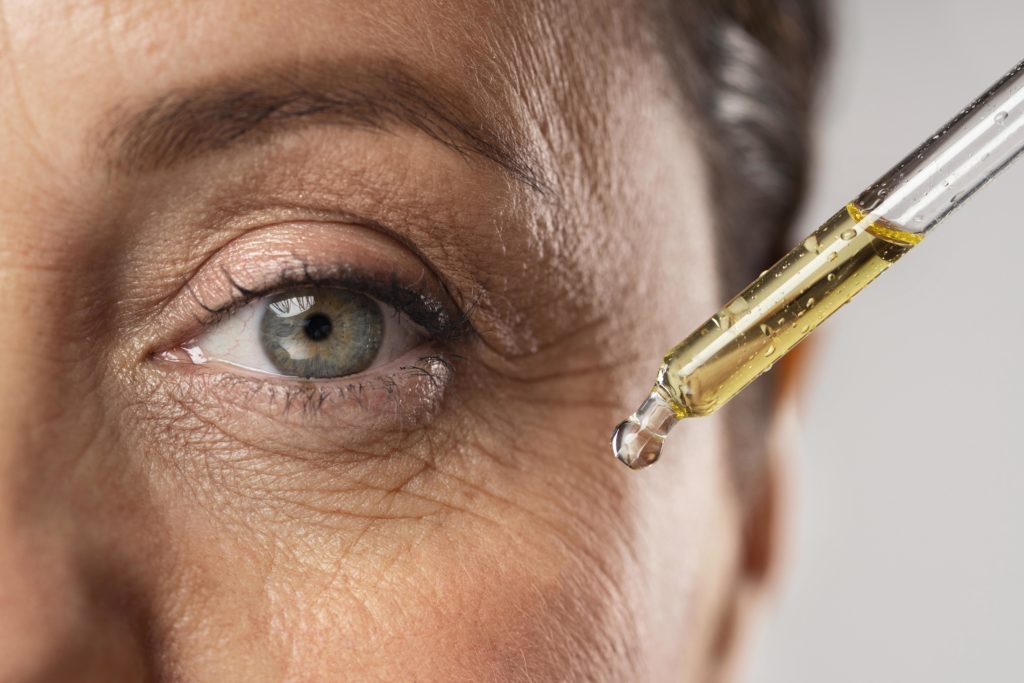
| COVER STORY | No Age Bar for Beauty

Grooming and beauty isn’t only for the young. Indulge in some self-care and stay radiant….read more →
| TAKE FIVE | Boost Your Bone Health to Prevent Injuries

Falls can be dangerous for older adults. Listen to your bones and treat them well…read more →
| UNMUKT RECOMMENDS |
A Classic Memoir with Something for Everyone

A must-read memoir from Barack Obama that teaches us how perseverance pays…read more →
Short Glimpse of an Actor’s Struggle

Short on time but want to watch something brilliant? Check out actor Tisca Chopra’s short film…read more →
| NEWSBRIEFS |
Work on Restoring Vision in Progress
Scientists are a step closer to restoring vision for the visually impaired, after building an implant that bypasses the eyes and allows monkeys to perceive artificially induced patterns in their brains. The technology, developed by a team at the Netherlands Institute for Neuroscience (NIN), was described in the journal Science.
It builds on an idea conceived decades ago: electrically stimulating the brain so it “sees” dots of light known as phosphenes, akin to pixels on a computer screen. Due to technical limitations the concept was never realised.
NIN director Pieter Roelfsema led a team that developed implants consisting of 1,024 electrodes wired into the visual cortex of two sighted monkeys, resulting in a much higher resolution than has previously been achieved. The idea of electrically stimulating the brain so it ‘sees’ is not new, but had been held back by the lack of suitable technology. Scientists have overcome this problem now. Human users of the technology might wear a camera, glasses or visor that sends patterns to the brain’s visual cortex. The wireless solution is the ultimate goal to restore vision.
(Source: scmp.com)
Covid brings Anosmia to Centrestage
A condition once overlooked by researchers is now in the spotlight as a key symptom of Covid-19. An estimated 5 per cent of the general population in UK is believed to have anosmia, the medical term for temporary or permanent smell loss. Anosmia can occur as part of the ageing process. But it can also occur in people of all ages due to factors ranging from broken noses to viral infections.
Being able to smell is actually a result of a complex neurological process. Smell-specific nerve cells known as olfactory neurons, located high in the nasal cavity, detect molecules in the air such as those released by a perfume, or smoke particles from something burning. They then convey this information via a long nerve fibre running up through the skull, to a part of the brain that makes sense of it all.
Anosmia has traditionally been overlooked by the medical community – smell has been called “the Cinderella of the senses” – despite its impact on people’s lives. Because the ability to smell is also linked to taste, people with anosmia often suffer from dwindling appetite, as well as higher rates of depression.
(Source: The Guardian)
| SOCIAL MEDIA |
BLOGS OF THE MONTH
Give a Boost to Immunity
 To achieve vitality during the winter months opt for immunity-boosting food in your diet…read more →
To achieve vitality during the winter months opt for immunity-boosting food in your diet…read more →
Route to Virtual Shopping
 Does online shopping scare you? Read how to navigate the tech world seamlessly…read more →
Does online shopping scare you? Read how to navigate the tech world seamlessly…read more →
Become an Unmukt Member, sign up for free


 Learning@Unmukt
Learning@Unmukt